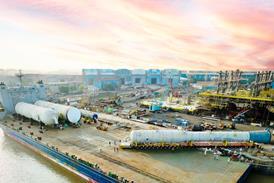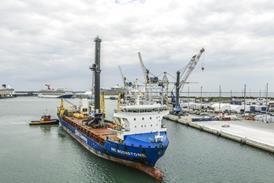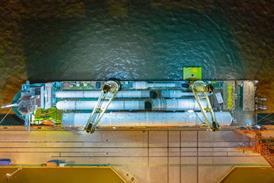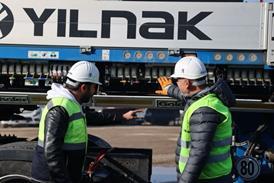The port of Valencia recently took delivery of two Liebherr ship-to-shore (STS) container cranes in large, preassembled components, for integration onsite. Dutch transport engineering specialist Mammoet was on hand to ensure the giant units were built and installed at the busy seaport with minimal disruption.
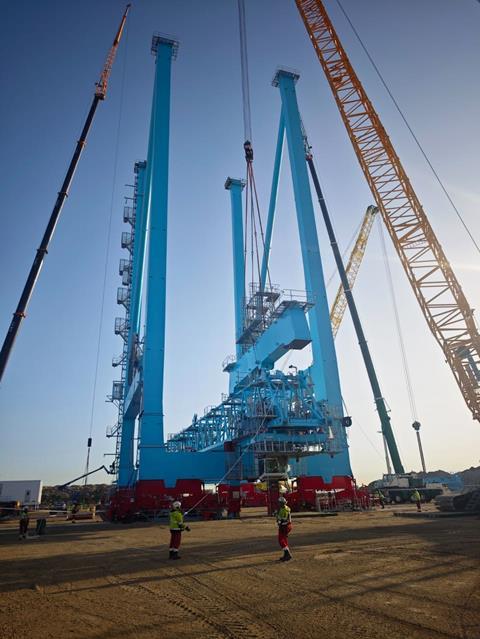
Both STS cranes were shipped from the port of Fenit, Ireland, to the Spanish gateway. The components were offloaded onto SPMTs using the delivery vessel’s crane. The largest of these were the main beam and the derrick boom, which measured 69.6 m and 76.3 m meters, respectively.
Almost 90 axle lines of SPMTs were used on the project to move the components safely across the site. Once the components were taken to the assembly area, Mammoet used crawler cranes, telescopic cranes, cherry pickers and forklifts to begin assembly of the first crane. The telescopic crane worked with the crawlers to top and tail the main frame sections – performing a tandem lift to place them in the vertical upright position and onto bogies.
Working in close collaboration with Liebherr’s engineering team, Mammoet coordinated multiple subcontractor teams to complete all mechanical and electrical connections between the crane components.
Once both cranes were assembled, they were moved into position on the quayside. The SPMTs were driven underneath the cranes, and transport beams were connected to the STS cranes’ transport brackets. Once fastened, the cranes were lifted using the onboard stroke of the SPMT. They were then driven 600 m to the quayside and lowered into their longitudinal rails.
“As soon as the components were delivered, they were immediately taken away from the quayside to allow operations to continue. The installation process was equally as quick, minimising disruption,” said Javier de Pablo Arenzana, sales manager at Mammoet.

